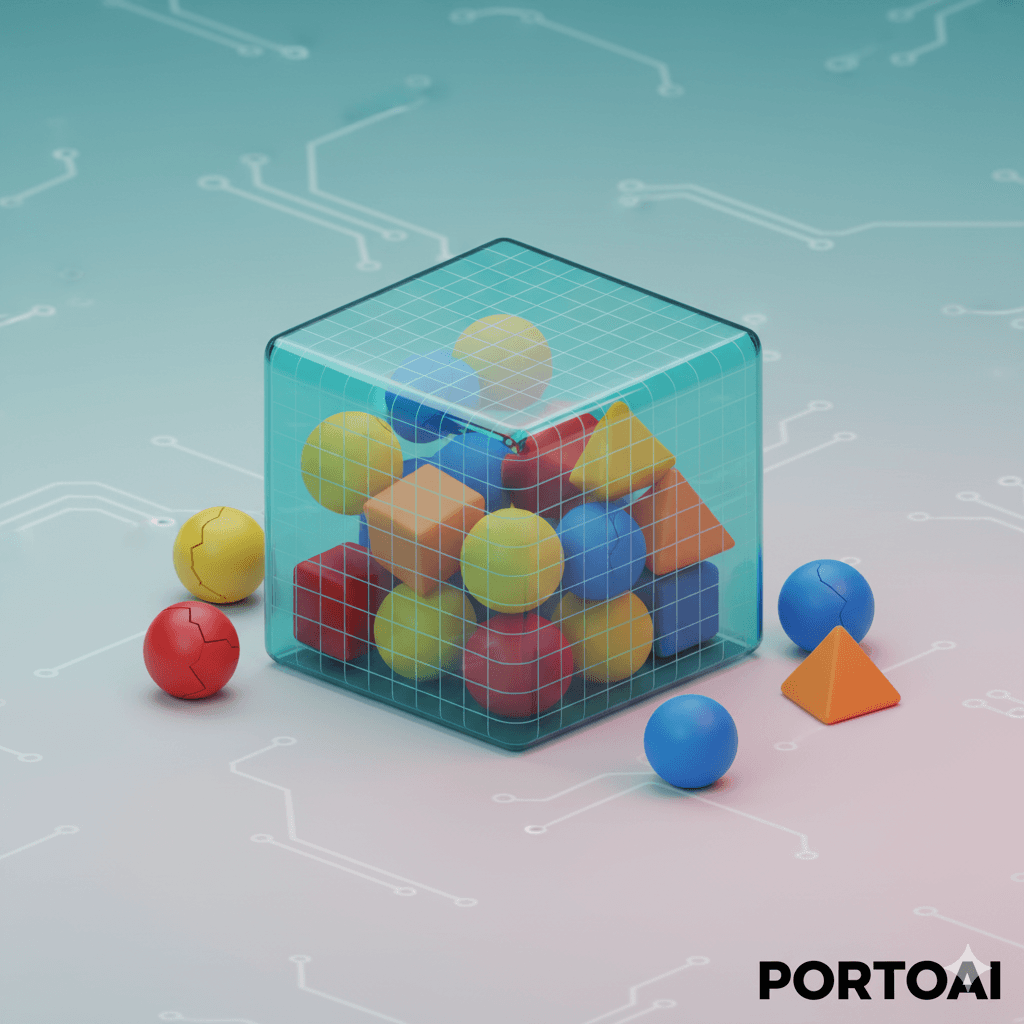Reliance-Aramco Deal Pause: What Investors Need to Know Now

Venkateshwar Jambula
Lead Market Researcher
4 min read
•Published on September 7, 2024
•Reliance-Aramco Deal Pause: Navigating Strategic Shifts in the Energy Sector
The announcement of the $15 billion deal between Reliance Industries (RIL) and Saudi Aramco being put on hold on November 22, 2021, generated significant market attention, leading to a notable dip in RIL's stock price. While a short-term setback, a deeper analysis reveals the complex strategic maneuvers at play within the global energy landscape and highlights the evolving nature of major corporate partnerships.
Understanding the Reliance-Aramco Deal Dynamics
Initially announced in August 2019, the proposed deal involved RIL selling a 20% equity stake in its Oil-to-Chemicals (O2C) division to Saudi Aramco for an estimated $75 billion. This strategic alignment was anticipated to bolster investor confidence and provided a significant tailwind for RIL's stock, which had nearly doubled since the initial announcement. However, mutual decisions led to a re-evaluation, citing evolving business avenues and a changing portfolio.
Key Deal Parameters and Withdrawals:
- Proposed Stake: RIL intended to divest 20% of its O2C business.
- Valuation: The O2C division was valued at $75 billion.
- Tribunal Application: RIL had initiated proceedings to demerge its O2C business, a proposal now withdrawn.
- Board Representation: Saudi Aramco's Chairman, Yasir Al-Rumayyan, was appointed as an independent director to RIL's board, signaling a prior commitment.
Strategic Rationale and Market Implications
From an industry perspective, the pause in the Reliance-Aramco deal is viewed by many observers as unlikely to fundamentally alter RIL's long-term business trajectory. However, it underscores several critical factors influencing strategic investment decisions in the energy sector:
The Impact of Global Events:
The COVID-19 pandemic significantly disrupted global supply chains and demand for petrochemical products, causing a sharp decline in crude oil prices. This volatile market environment was a primary deterrent to finalizing the deal within the originally anticipated timeline of March 2020.
RIL's Diversification and Net-Zero Ambitions:
Reliance Industries is actively pursuing a strategy that extends beyond its traditional O2C business. The company has set ambitious goals to achieve net-zero carbon emissions by 2030. This includes significant investments in renewable energy:
- Optimizing Jamnagar Refinery: Enhancing its capacity for producing jet fuel and other petrochemicals while integrating renewable energy initiatives.
- New Energy Ventures: Acquiring stakes in companies like REC Solar Holdings and Sterling & Wilson Solar, and investing in advanced energy storage and hydrogen electrolyzer technologies. These moves signal a strategic pivot towards sustainable energy solutions.
Financial Fortitude and Debt Reduction:
Concurrently, RIL has made substantial progress in reducing its net debt. Capital raised from strategic divestments in Jio Platforms Ltd and Reliance Retail Ventures Ltd has strengthened its balance sheet, positioning the company for future investments and de-risking its financial profile. This financial resilience allows RIL to pursue its ambitious growth and diversification plans independently.
Aramco's Long-Term Vision for India
Despite the pause in the RIL deal, Saudi Aramco has reiterated its long-term interest in the Indian market, viewing it as a region with immense growth potential. India's robust economic recovery and a return to pre-pandemic fuel consumption levels make it an attractive destination for energy investments. Aramco's prior experience with large O2C projects in China suggests a strategic intent to replicate similar successful ventures in India, potentially through future partnerships.
Empowering Investment Decisions with PortoAI
Navigating the complexities of major corporate deals, market volatility, and strategic pivots requires sophisticated analytical tools. PortoAI's platform offers:
- Market Lens: Provides real-time insights into market sentiment and news impact on specific assets.
- Risk Console: Helps investors quantify and manage the risks associated with portfolio diversification and strategic shifts.
- Goal Planner: Enables users to align investment strategies with long-term objectives, even amidst dynamic market conditions.
By leveraging advanced AI-driven research, investors can make more informed decisions, identify emerging trends, and maintain a disciplined approach to wealth creation. The Reliance-Aramco situation, while a significant event, underscores the importance of continuous analysis and strategic adaptability in today's financial markets.
Blog
Investment Insights and Tips
Explore our latest investment strategies and insights.

Commodities
What is a Quote-Driven Market? Understanding Dealer Markets Explained
A quote-driven market refers to a type of financial market structure in which market participants trade through market makers who quote bid and ask prices for securities. Market makers play a crucial ...
Venkateshwar Jambula
September 28, 2024
•4 min read

Stocks
What is Swing Trading? A Data-Driven Guide for Investors
Swing trading is a method of trading where a market participant takes a position for a couple of days to a couple of weeks to take advantage of short- to medium-term price swings. This is done to capt...
Venkateshwar Jambula
September 28, 2024
•4 min read

Commodities
What is On-Balance Volume (OBV)? A Trader's Guide to Momentum
On-Balance Volume (OBV) is a technical analysis indicator that predicts the change in a stock’s price through its volume flow. When trading financial securities, price and volume are considered two ke...
Venkateshwar Jambula
September 28, 2024
•4 min read

Commodities
Master Algorithmic Trading: Strategies & AI Insights
Algorithmic trading is a method of automating trades based on pre-programmed instructions. Think of it like using an algorithm for intraday trading where it can automate trading decisions and swiftly ...
Venkateshwar Jambula
September 28, 2024
•6 min read